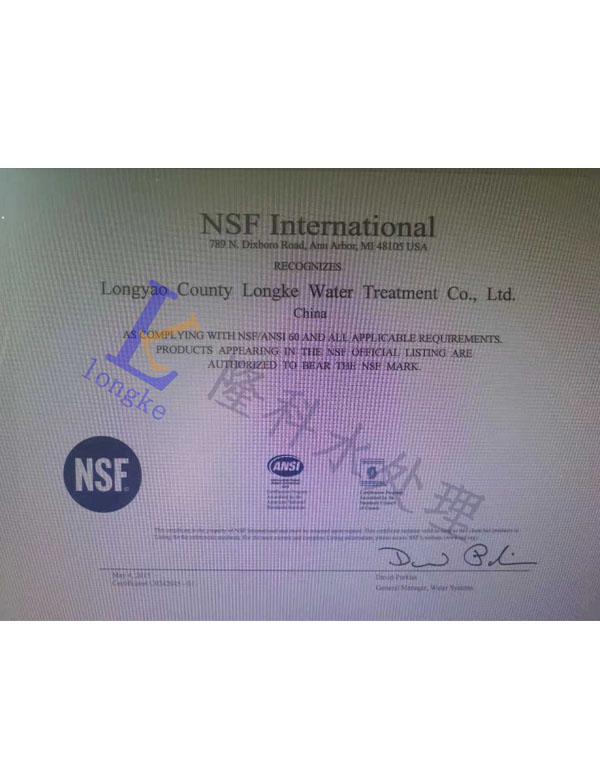Exploring the Applications and Safety of OIT in Various Industries
Understanding OIT (Octylisothiazolinone) Benefits, Uses, and Safety Considerations
Octylisothiazolinone (OIT) is a synthetic compound belonging to the isothiazolone family, a group of heterocyclic organic compounds characterized by a thiazole ring. OIT has found extensive applications in various industries due to its excellent biocidal properties. It is primarily used as a preservative in water-based formulations, including paints, coatings, adhesives, and personal care products. This article explores the benefits, applications, regulatory status, and safety considerations associated with OIT.
Benefits of OIT
One of the notable advantages of OIT is its efficacy as a fungicide and bactericide. It effectively inhibits the growth of mold, bacteria, and yeast, thereby prolonging the shelf life of products. This is crucial in industries such as construction and cosmetics, where microbial contamination can lead to product degradation and safety concerns. Additionally, OIT is known for its low volatility, making it a stable choice for formulations that require long-lasting protection against microbial growth.
OIT is also appreciated for its compatibility with a variety of other chemicals, which allows manufacturers to combine it with other preservatives and additives without losing its effectiveness. This adaptability makes it an ideal choice for formulating multi-functional products that require extensive protection from microbial contamination.
Applications of OIT
OIT is used across several sectors, including
1. Paints and Coatings In the coatings industry, OIT is incorporated to enhance the longevity of products by preventing mold and mildew growth. It is particularly beneficial in humid environments where such growth is prevalent.
2. Adhesives and Sealants OIT helps maintain the integrity of adhesives and sealants by ensuring they remain free from bacterial and fungal contamination, which could compromise their effectiveness.
3. Personal Care Products In cosmetics and toiletries, OIT is often found in lotions, shampoos, and creams, where it helps prevent microbial growth that can spoil products and safety issues.
oit isothiazolinone

4. Textiles OIT is utilized in textile products to protect against microbial degradation, which can lead to unpleasant odors and deterioration in quality.
Regulatory Status
The use of OIT is subject to stringent regulatory scrutiny, especially in the European Union. In recent years, certain isothiazolinones, including OIT, have come under increased attention due to potential health risks associated with skin sensitization and allergic reactions. Regulatory bodies such as the European Chemicals Agency (ECHA) have classified OIT as a substance of very high concern (SVHC), leading to restrictions on its concentration in consumer products.
In the U.S., the Environmental Protection Agency (EPA) has established guidelines for the use of OIT, assessing its safety and efficacy within specific limits to ensure consumer safety.
Safety Considerations
Although OIT is effective, its use raises safety concerns, particularly related to skin sensitization. Exposure to OIT can trigger allergic reactions in sensitive individuals, leading to conditions such as contact dermatitis. As a result, manufacturers are encouraged to conduct patch tests and adhere to recommended exposure limits.
To mitigate these risks, proper labeling and user instructions should accompany products containing OIT, ensuring consumers are informed about its presence and potential effects. Additionally, ongoing research continues to monitor the long-term impacts of OIT on human health and the environment, as industries strive to balance efficacy with safety.
Conclusion
In conclusion, Octylisothiazolinone serves as a valuable preservative in a wide range of industries due to its potent antimicrobial properties. However, the potential health risks associated with its use necessitate strict regulatory oversight and thoughtful safety measures. As industries evolve and consumer safety remains paramount, the future use of OIT will likely involve ongoing research and formulation innovations to ensure safety without compromising effectiveness. Understanding OIT's benefits, applications, and safety considerations is essential for manufacturers and consumers in making informed decisions about its use.
-
lk-319-special-scale-and-corrosion-inhibitor-for-steel-plants-advanced-solutions-for-industrial-water-systemsNewsAug.22,2025
-
flocculant-water-treatment-essential-chemical-solutions-for-purification-processesNewsAug.22,2025
-
isothiazolinones-versatile-microbial-control-agents-for-industrial-and-consumer-applicationsNewsAug.22,2025
-
scale-inhibitor-key-solutions-for-water-system-scale-preventionNewsAug.22,2025
-
organophosphonates-versatile-scale-inhibitors-for-industrial-water-systemsNewsAug.22,2025
-
scale-and-corrosion-inhibitor-essential-chemical-solutions-for-water-system-maintenanceNewsAug.22,2025





